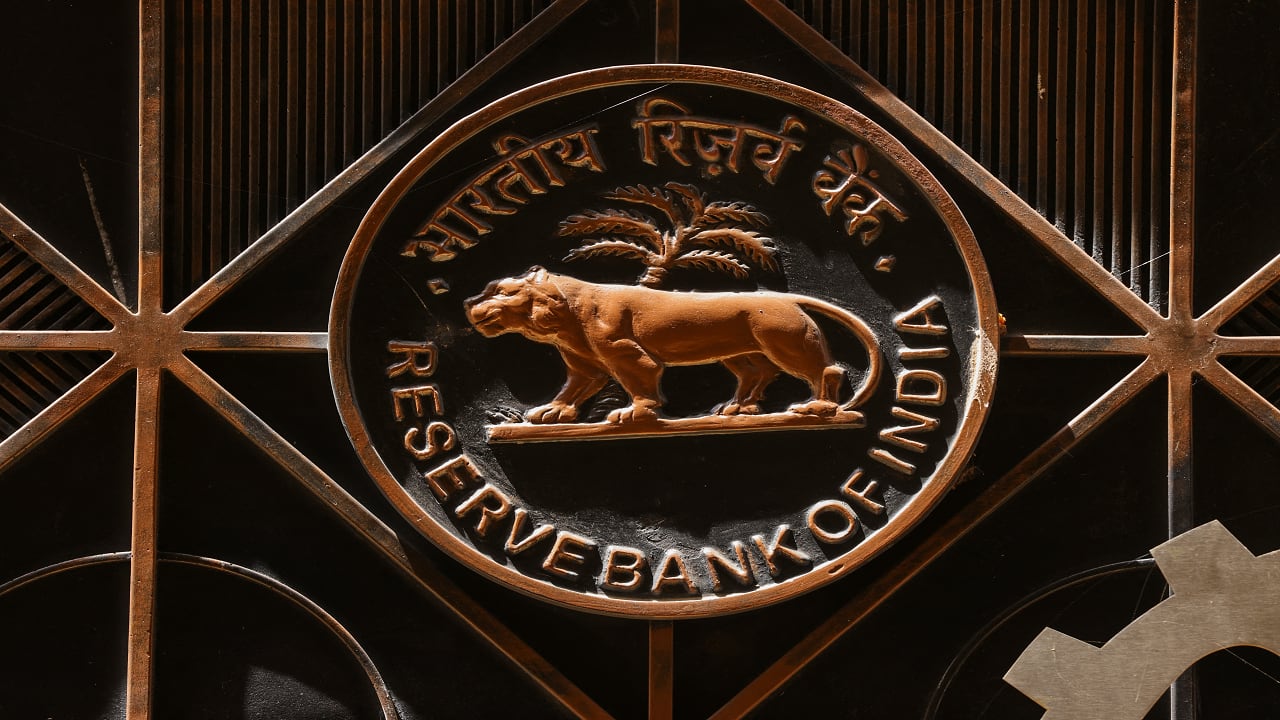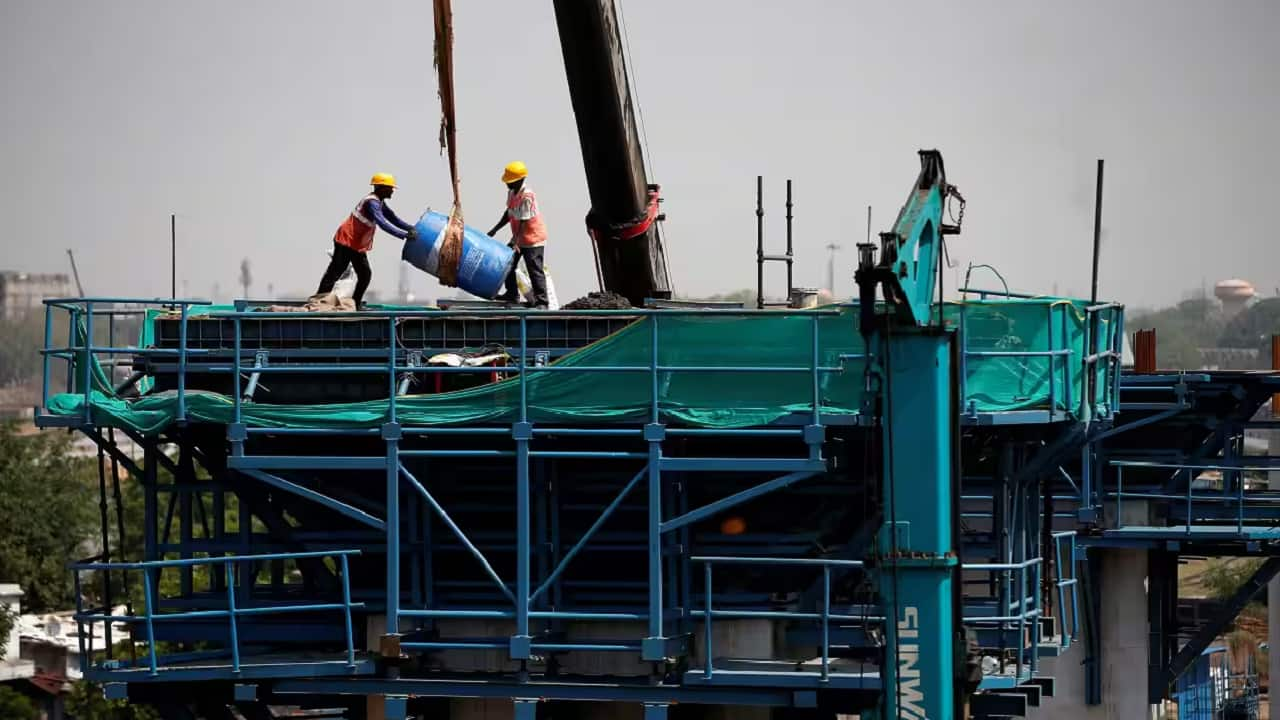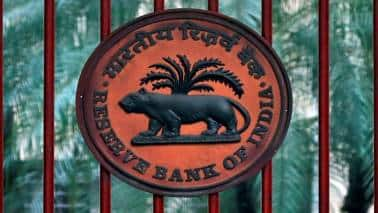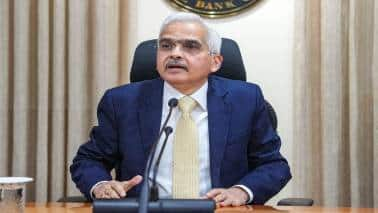
BUSINESS
OPINION | Bank mergers may be a prelude to government’s partial exit from ownership
Speculation about public sector bank mergers has surfaced again. The jury is out on the efficacy of the last round of mergers. Yet, an IMF-World Bank assessment on India’s financial sector asks for privatisation of select banks. The government may not be averse to this idea in the long-term which makes a merger a stepping stone to exit

BUSINESS
OPINION | Does the rise of non-bank funding represent financial disintermediation or liquidity shuffling?
On paper, non-bank sources have offset the fall in bank funding to commercial sector. But trace the source of funds and we go back in many cases to banks, who continue to play an outsized role. India still lacks enough diversity in sources of funding

BUSINESS
OPINION | Macroeconomic implications of GST 2.0
The weighted average GST rate after the new structure takes effect is likely to be about 9.5%, the optimal rate that maximises revenue in a Laffer Curve sense. It is likely, however, that the economic boost from the new structure may come more construction-led investment rather than consumption

BUSINESS
How thorough are RBI’s stress tests?
RBI evaluates impact to NPAs and capital adequacy based on macroeconomic stresses under two scenarios. But surely it also needs to stress-test them against an increased demand for wholesale credit from industry and infrastructure. Even on interest rate risk management banks seem to be dependent on benign regulatory forbearance

BUSINESS
Are the problems facing microfinance firms just a blip?
Problems arising from overaggressive lending can be set right through smart regulation. The sector is meant to serve as a pathway to inclusion for economically challenged sections of the population. However, for its target customer base, repayment issues can arise from low incomes as they don’t provide a cushion for shocks. It begs the question if microfinance needs a model revamp and not just a regulatory tweak

BUSINESS
Lost in transmission
Personal credit will still be the key to a credit boom if it happens, especially after the RBI backtracked on some of the tough regulatory measures that had stymied gold loans and lending to NBFCs earlier. But all of this depends on how much and how quickly rate cuts transmit through the credit system, which remains a moot question

BUSINESS
Bet on consumption demand, not rate cuts, to catalyse investment
Interest rate changes by RBI work mostly through credit channels in a bank-dominated financial system. Experience over the last six years suggest factors other than interest rate have had a dominant influence over lending. On balance, it appears a sustained increase in consumption may be more likely to trigger private investment revival

BUSINESS
Underlying economic data, not forecasting errors, blight investment decisions
RBI is reportedly using machine learning tools to enhance its inflation forecasting, the bedrock of monetary policy decisions. The problem is larger, with data fed into GDP estimates dogged by shortcomings. There’s a strong case to invest more in the collection of primary data which drive policy decisions in public sector and investment decisions in private sector

BUDGET
Budget 2025: Infrastructure financing needs more than fiscal incentives
Banks have burnt their fingers and PPP models haven’t fulfilled their promise. Large government borrowing limit the growth of bond market for infrastructure financing. Recent development financial institutions may not be enough. In underserved areas such as urban infrastructure, budget could look at ways to incentivise specialised institutions to fill the financing gap

BUSINESS
A rate cut by RBI will squeeze profitability of banks
When their incremental lending rates went up by 174 points between March 2022 and Sept 2024, their incremental rupee deposit rates shot up by 242 points. Despite deposits continuing to be under pressure, they managed to remain profitable. Though a rate cut looks unlikely now, if and when it happens it may perhaps be their turn to experience stressful borrowing costs

BUSINESS
Is RBI missing the wood for the trees?
Regulatory harmonisation and tepid demand for industrial credit influenced the boom in both microfinance and retail lending. RBI has a case to be wary of slackening underwriting standards. But given the ground realities, it’s pertinent to wonder if some of its disciplining measures and signalling are missing the big picture of the drivers of credit in these segments

BUSINESS
How India can escape the middle income trap
At India’s current per capita levels of $2,540, even upper middle-income status is some years away. What is required now is the infusion of new, modern technologies and business models along with investment. For graduating to high-income, additionally, innovation will be needed

BUSINESS
JanDhan's success boosts bank accounts but financial inclusion challenges persist
JanDhan has opened 531.3 million accounts with Rs 2.3 trillion in deposits, enhancing financial access, particularly in rural areas. However, low average balances and minimal use of overdraft highlight that account access alone doesn’t fully address poverty, revealing gaps in financial well-being

BUSINESS
Indian banking faces structural limitations in raising resources but there’s no threat to stability now
The real test, in terms of both funding and asset quality, will come when corporate investment revives or when infrastructure projects shift from government funding to banks

BUSINESS
MPC Meet: Why RBI is unlikely to change stance or interest rates
As this is the first meeting of a new financial year and with elections around the corner, the chances of rate or stance changes are unlikely. If there is any indication of a change in stance, it could also be an indication of rate cuts down the line

BUSINESS
Household Expenditure Survey: Consumption still the key driver but its patterns are changing
For India Inc, overall, the data seems to hold out some hope. The surge in non-food spending of rural households, especially under durables, services, travel, transportation and the shift away from cereals to pricier items and processed foods should be encouraging news for industry and manufacturing

BUSINESS
An unconstitutional bond unravels in a big win for the right to information
Electoral Bonds: The Supreme Court ruling is a triumph of constitutional rights as the right to information and transparency trumped the bonds’ twin objectives (curbing the use of black money in elections and protecting the identities of parties in the interests of safety). Salvaging electoral bonds by making them more transparent is an option

BUSINESS
The wait for private capex is going to get longer
Private sector participation in public infrastructure has not been a great experience for both the players and the financing banks. Meanwhile, many of the services which now contribute increasingly to total consumption, such as financial services, online e-commerce, and numerous tech startups are not very capital intensive

BUSINESS
Interim Budget focuses on growth by putting onus on banks and financial services
By not choosing to go overboard, the Budget has created borrowing space for private sector by slashing projected borrowings by nearly 3 percent. Bond markets have reacted positively which will reduce borrowing costs not only for the Government but for the private corporate sector as well

BUSINESS
Budget 2024: Demand revival measures face fiscal deficit constraints
The recent GDP growth was mostly from increased capital formation, not personal consumption and that is a cause for worry. A reduction in taxes and combating inflation through supply side and fiscal measures is in order, but is there enough fiscal space?

BUSINESS
Q2 GDP: Agriculture, jobs growth cause for concern
Overall, the 7.6 percent growth undoubtedly is reassuring about the general path of the economy, but the slowing down in agriculture and personal consumption are pointers to risks that may not be very clear now

BUSINESS
Why is the RBI worried about unsecured loans
The RBI has been exhorting NBFCs to diversify their resource base away from banks. But this is easier said because the larger problem is with the nature of the debt market itself

BUSINESS
Banks on a roll now, but may see slowdown going forward
Although the last few months have been great for the banking sector, there is likely to be pressure on volumes and margins in coming months. Even with lower risk, profitability may be affected

BUSINESS
Manufacturing can’t give growth the desired thrust
Policymakers have been wanting to raise the share of manufacturing from 16 percent to about 30 percent over five years. Given the current levels of value addition, this would imply an increase in output by almost 90 percent, which works out to a 14 percent annual growth







